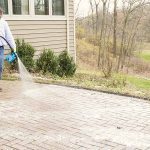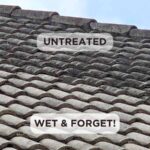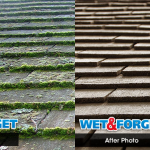How To Clean Siding with Wet and Forget
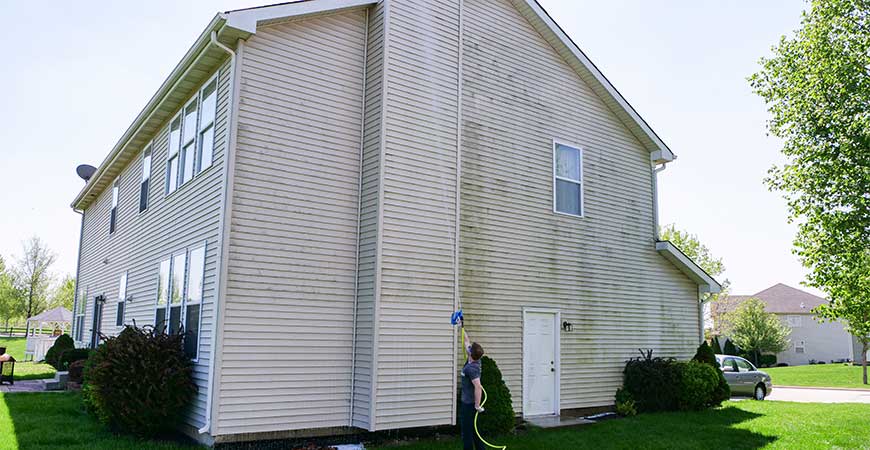
Whoever said that true beauty exists solely on the inside has never heard the phrase curbside appeal. Your home’s exterior can reveal a lot about the people who inhabit the interior, and in some cases, what it says is that your siding could use a cleaning.
Of course, that’s probably not the message you’re looking to communicate to the outside world. So, instead of letting it become a breeding ground for mold, mildew, and algae, give our guide on how to clean siding a quick read-through.
Why Does Your Siding Get Dirty?
Your home’s siding takes a ton of abuse from a variety of outdoor hazards:
These contaminants can be whipped against your siding by the wind or spurred on by things like grills, nearby trees, and whether that particular portion of your siding sits in shade or sunlight. For instance, the north side of most homes is more likely to experience mold and mildew growth due to the lack of direct sunlight.
You might think you’re protected due to the material used to construct your siding or by the use of stains with anti-fungal ingredients. However, the effectiveness of these stains decreases over time, and some siding materials can promote organic growth.
Regardless of the type of siding your home has, it is at risk of stains and organic growth, like mold. Mold is not only unsightly, but if left untouched, it could work its way beneath your siding where it has access to drywall, floorboards, and other areas that could undermine your home’s structural integrity.
How Often Should You Clean Your Siding?
In most cases, your home’s siding only needs to be thoroughly cleaned once or twice a year. However, if you’re working from a particularly dirty starting point, you may need to begin with a series of cleanings spread about a month or two apart.
However, once you’ve reached a point where your siding is free of discolorations and stains, you can resume a once-a-year workflow or as needed.
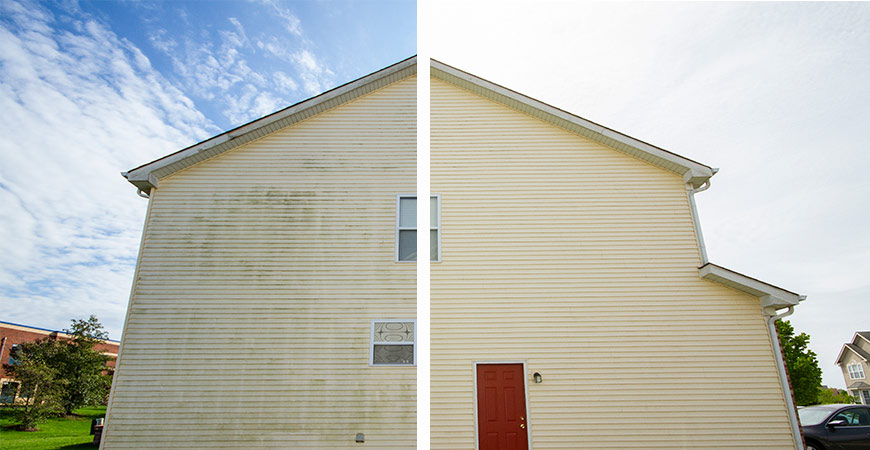
How to Clean Siding
The first step in cleaning siding is to get your tools ready. In this case, you only need one product to clean up mold and mildew stains: Wet & Forget Xtreme Reach™ Hose End.
The gentle formula is non-acidic and doesn’t contain bleach or phosphates. That means it’s safe to use almost any outdoor surface, including those commonly used as siding:
- Aluminum
- Brick
- Composite materials
- Concrete
- Metal
- Painted or stained surfaces
- Stone
- Stucco
- Vinyl
- Wood
The Wet & Forget Xtreme Reach™ Hose End bottle can also help you reach the nooks and crannies of your home’s exterior. It can propel the spray distances as far as 30 feet away, and a single bottle is enough to cover up to 2,000 square feet.
Before using it, make sure to check out your local weather forecast. Wet & Forget Xtreme Reach™ Hose End works best when applied on days without rain or wind in the forecast and when temperatures are at least 55 degrees Fahrenheit.
Once you’re satisfied that today’s the day to clean your siding, all you have to do next is follow these simple instructions:
- Screw your hose into the end of the Xtreme Reach™ Nozzle.
- Attach the jet tip to the nozzle.
- Turn black dial counterclockwise to the On position.
- Thoroughly spray your home’s siding.
Then, the spray will work with the wind and rain to gently clean your home’s siding over time. If you’re concerned that wind or rain don’t have clear access to portions of the siding, you can rinse it off with a hose a week later. We recommend repeating the rinsing process periodically to imitate natural rainfall.
So, the green stains should be gone within a few weeks. Black stains may take a few months. Stubborn, older stains can take up to a year and may require a second application a month or two later.
Once your siding is free of these discolorations, the Wet & Forget Outdoor formula can keep it clean for up to a year or longer depending on environmental effects like humidity, whether the surface sits in sunshine or shade, and weather.
If there are plants nearby, rinse them with water both before and after applying the product to protect them from potential overspray. If the product accidentally drifts onto nearby plants, thoroughly rinse the area with fresh water.
Additionally, you shouldn’t use the spray within 100 feet of any pond, stream, lake, or other water body that runs into local waterways.
What About Lichen?
Lichen is an organic growth spawned by the devilish twosome of fungi and algae. It can cause stains of various colors and offers a scaly texture.
Due to its complex nature, lichen requires a slightly more intensive cleaning process. Wherever you find it on your home’s siding, follow these steps after getting your Wet & Forget Xtreme Reach™ Hose End ready:
- Thoroughly spray the lichen until its surface is soaked.
- Wait 15 minutes.
- Thoroughly respray the area.
The first spraying helps to open up the exterior shell of the lichen. The second spray attacks its core to inhibit growth.
And What About Dirt, Oil, and Grease, Too?
Wet & Forget Outdoor products aren’t designed to remove dirt, oil, or grease from surfaces. However, you still have plenty of options to keep your siding looking pristine.
For dirt, use a soft, non-abrasive material to wipe away any stubborn smudges. Then use your hose to wash your siding from top to bottom.
For grease and oil, apply a mixture of warm water, vinegar, and dish soap to any stains and scrub the stains in a circular manner. Then use your hose to rinse away the cleaning mixture.
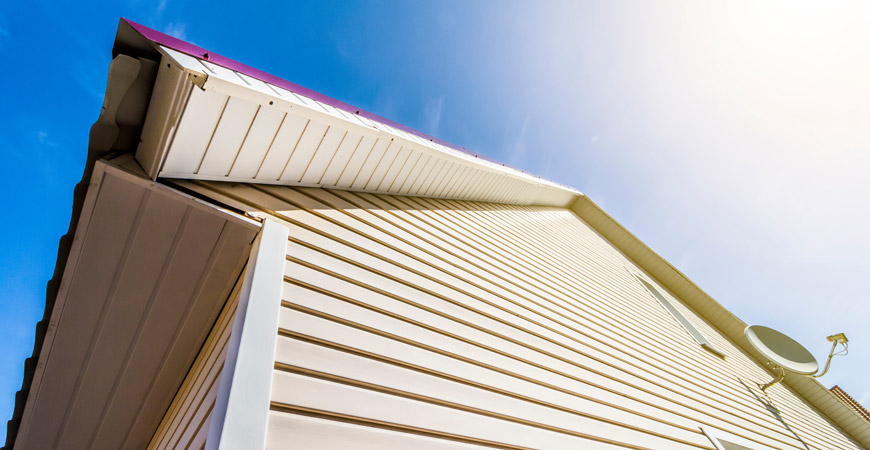
What Type of Siding is Easiest to Clean?
If you’re considering new siding for your home, you may consider purchasing those made from materials most resistant to organic growth.
Vinyl, for instance, is one of the most popular types of siding for this very reason. While it doesn’t inhibit growth and stains typically stay at the surface.
Brick and stucco are durable but more likely to chip. This means that mold and mildew can burrow into those crevices, making it difficult to clean any resulting stains.
If you decide on wood siding, consider using a stain that’s not oil-based, as these stains can trap dirt, pollen, and spores against the siding.
What to Avoid When Cleaning Siding
Some people are tempted by the cleaning prowess of a power washer. That’s a temptation to ignore, though, as power washers can damage the surface of almost any siding material.
Bleach can be an effective tool to see instant results, but its high pH levels could damage both your siding’s surface and leave it discolored. Wet & Forget, on the other hand, has a much more neutral pH level, making it safe to use on virtually any outdoor surface.
Where Can You Find Wet & Forget Outdoor Products?
Wet & Forget Outdoor products make cleaning your home’s exterior easier than ever before. You can find them either online or at your local retailer.


